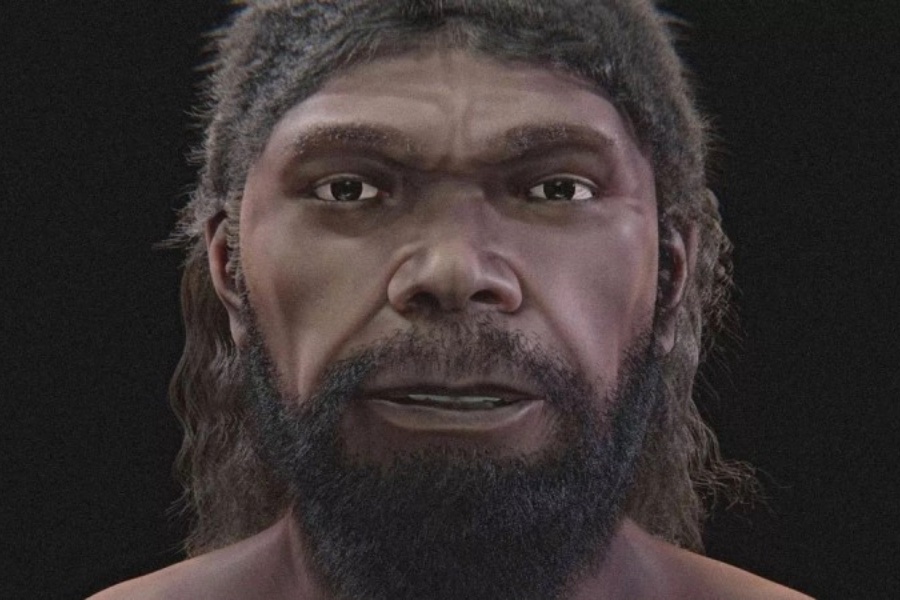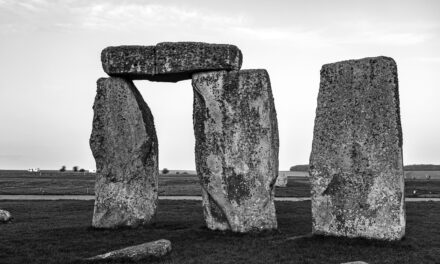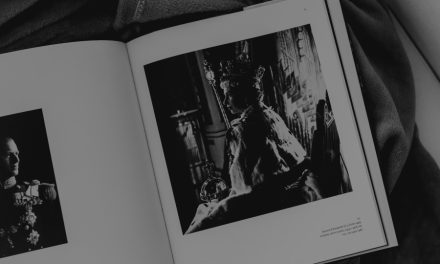Recent findings in Morocco have significantly altered the timeline of human evolution, pushing back the origins of Homo sapiens by 100,000 years. Discovered in Jebel Irhoud, the 300,000-year-old Moroccan remains have provided valuable insights into the early history of our species.
Scientists have reconstructed the face of the earliest known human using these remains. This reconstruction, undertaken by Brazilian graphics expert Cicero Moraes, offers a glimpse into the appearance of a human from 300,000 years ago. Moraes utilised data from researchers at the Max Planck Institute, employing advanced techniques to recreate the face.
The process involved a detailed 3D scanning of the skull and the application of anatomical deformation methods. By adapting the tomography of a modern human to fit the ancient skull, Moraes generated a compatible facial structure. Further data from contemporary humans helped predict soft tissue thickness and facial projections.
The choice to reconstruct a male face was based on the robust and masculine characteristics of the skull. This skull, a composite of several fossils, was digitally assembled to form a coherent whole. According to the Max Planck Institute, the reconstructed face exhibits modern facial features and teeth, combined with a larger but more archaic braincase.
The discovery at Jebel Irhoud not only predates the previously oldest known Homo sapiens fossils from Omo Kibish, Ethiopia, by 100,000 years but also indicates an earlier migration out of Africa. The absence of pelvic bones leaves the individual’s true gender unknown, but the site included stone tools and animal bones, suggesting a complex habitation.
Professor Jean-Jacques Hublin, leading the study, highlighted the broader implications:
Our new data reveal that Homo sapiens spread across the entire African continent around 300,000 years ago, long before the out-of-Africa dispersal.
Professor Jean-Jacques Hublin
This challenges the earlier belief that all modern humans descended from an East African population living around 200,000 years ago.
The Jebel Irhoud site, known since the 1960s for its human fossils, now counts 22 remains, including skulls, teeth, and long bones from at least five individuals. These findings have profoundly influenced our understanding of human evolution and the origins of Homo sapiens.
The Importance of Historical Facial Reconstruction
Historical facial reconstruction plays a crucial role in the study of human history and evolution. By reconstructing the faces of ancient individuals, scientists can gain insights into the physical characteristics and variations of early human populations. This not only helps in understanding the evolution of our species but also provides context for how these early humans adapted to their environments.
Facial reconstructions can bridge the gap between abstract data and tangible, relatable visuals, making the study of ancient history more accessible and engaging. They allow researchers to make educated guesses about aspects of daily life, health, and even social structures of early human communities. In the case of the Jebel Irhoud remains, the reconstruction has offered a direct, visual connection to our distant ancestors, enriching our comprehension of human history.
By providing a clearer picture of our evolutionary past, facial reconstructions contribute to a more nuanced understanding of where we come from and how we have changed over millennia. This, in turn, informs our knowledge of human biology, anthropology, and the broader narrative of our species’ journey through time.




